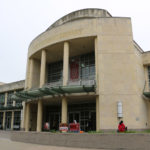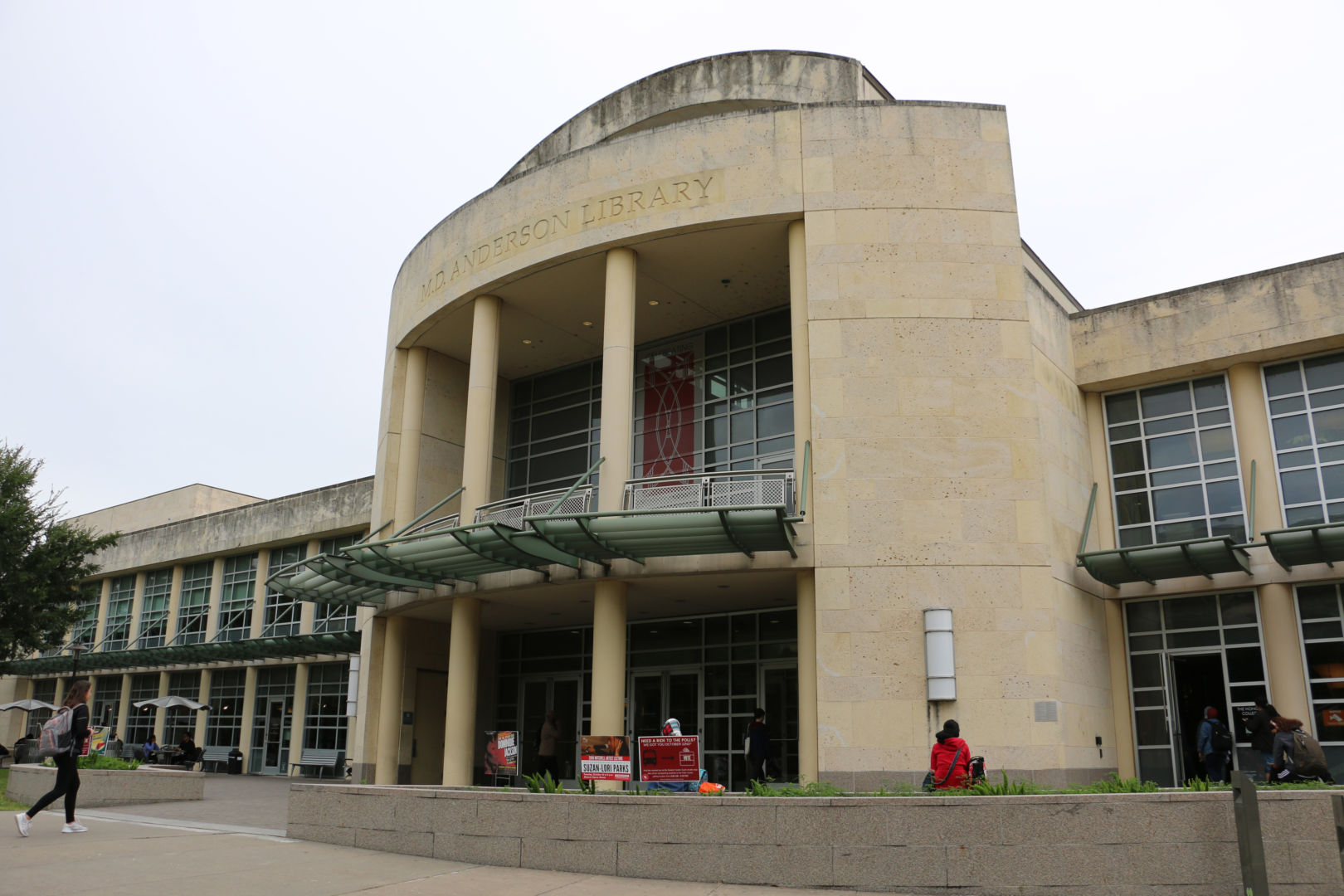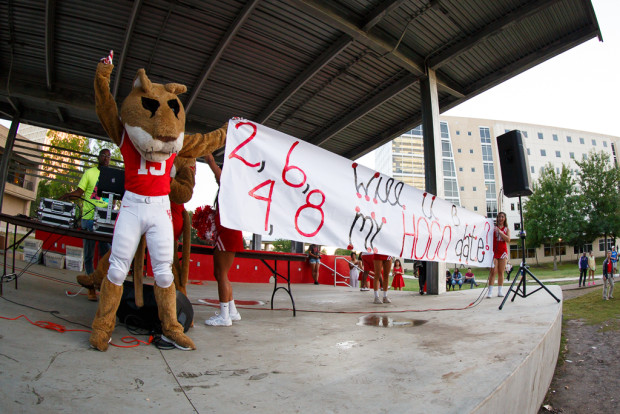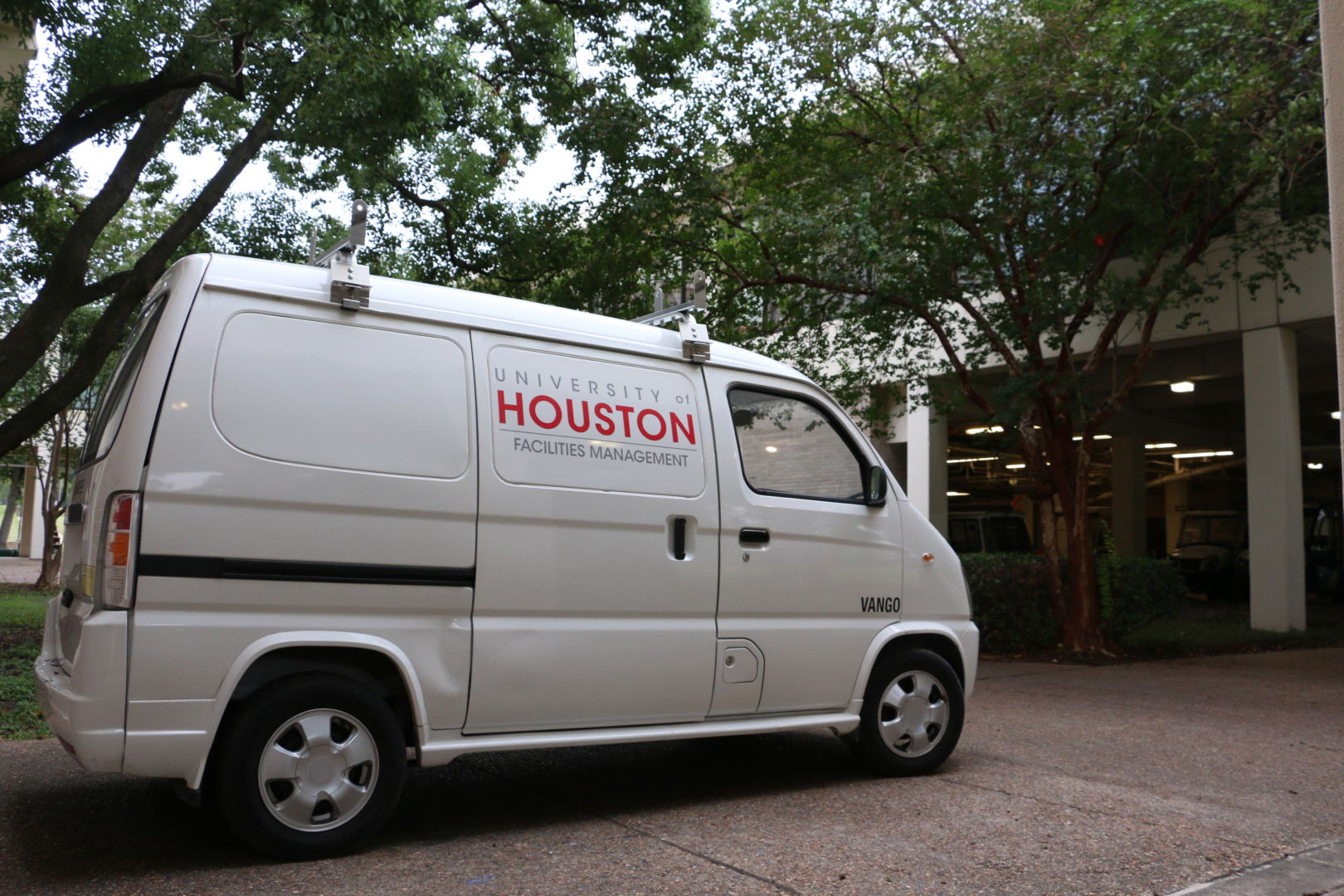Posted on 24 October 2018.


M.D. Anderson Library plans to expand upon the existing 24-hour lounge. | Billion Tekleab/The Cougar
In early 2017, the M.D. Anderson Library conducted a feasibility study to determine the demand for and feasibility of a 24-hour library. Since then, the library’s hours of operation have been modified to open at 6 a.m. Monday through Friday instead of the previous 7 a.m. However, 24-hour access has not been established.
The University of Houston remains the only Tier One university in Texas that doesn’t offer 24-hour library access.
“We do know that students want 24/7 access, and we’ve been trying to figure out different ways to do that,” Head of Information and Access Services Lee Hilyer said. “Because of the way the building was built over time, we don’t have really good ways to ensure 24-hour use is limited to a certain area where security can be present and the safety of the students can be assured.”
Feasibility study
The feasibility study was done to determine if students would utilize 24-hour library access, how many students would use this space and whether this expansion would be possible for the entire library, Hilyer said.
“What they do is engage with an architectural firm that does what’s called ‘programming’,” Hilyer said. “We met with them, we did some focus groups, and then what they produce is a document of what potential plans could be.”
The study concluded that students do want 24-hour library access, but the library’s build makes it challenging to designate an entire floor for this access, Hilyer said.
The staff is concerned about students having the entire library or certain portions open for 24-hour access. The first floor has numerous access points, which makes it harder to close off, Hilyer said.
Although the library itself lacks 24-hour access, the study lounge within the library is open 24 hours. The lounge was constructed in 2005, when the University had 35,000 students enrolled. The space was deemed adequate, since 85% of UH students commute.
Thirteen years later, UH’s student population has ballooned to 46,000 and the library is seeking to find the best solution to the increased demand for a 24-hour library space, Hilyer said.
“The original intent was to have the whole first floor as a 24-hour space and to relocate all of the computers on both sides of the atrium,” Hilyer said. “Unfortunately, the price tag that came back was almost 10 million to complete all of these.”
In addition to the actual construction price, the library would have to spend more to secure the building to limit usage of the library to the first floor, Hilyer said. Although students want 24-hour access, it cannot happen without extensive fundraising and donations to account for these costs, he said.
Student demand
“There have been times that I was studying for finals and the bell would ring whenever it’s time for everybody to go, and we were in the middle of something,” junior engineering student Meagan Weathersby said. “If we were to be able to continue, that would soak in better than having to pack up and leave.”
No longer able to study in the library itself, students migrate to the 24-hour study lounge on the library’s first floor. At closing time, there are many students already occupying the space and there aren’t always open seats, Weathersby said. In addition to the crowding, sound echoes in the lounge, which can make it difficult for students to study, she said.
“I think the library being open 24 hours would be a huge difference, in a good way,” Weathersby said.
Other students see the 2 a.m. closing time as a cutoff, motivating them to complete their work before the closing bells ring.
“If they close at two, I’m like, this is my cutoff. Okay, it’s already two, it’s closing time, I need to go home so I can sleep, but if it was 24 hours I’d probably stay here longer, which isn’t good because I need my sleep,” senior psychology major Delia Gomez said.
From here on out
Due to the high costs quoted to them from the initial plans, the library has decided to implement a smaller scale change. This plan would allow for a larger 24-hour area by expanding upon the existing 24-hour lounge, almost doubling the total space. The project would cost around $1.6 million, Hilyer said.
The new, smaller scale plan would include a portion of the pre-existing computer lab with approximately 100 to 125 computers for students to use, Hilyer said.
Before expanding the current 24-hour lounge, M.D. Anderson Library must secure the funds necessary to transform the space, which will likely reach about $2 million as prices go up, Hilyer said.
The “Here We Go” campaign is a billion-dollar fundraising event where each college or the dean of the college has a cabinet that consists of members from the community. The library’s cabinet will help them identify fundraising opportunities, clue them into foundations and find other potential donors to make the expansion possible, Hilyer said.
“Our former dean, Dana Rooks, is the ambassador of the library’s cabinet for space renovations, so she is the one, along with the dean and University Development, who is identifying the donors who would be interested in supporting the renovation of this space,” Hilyer said.
Some of the other changes include a place for a food service, which the 2020 Chartwells dining plan lists as a 24-hour Starbucks. The library also hopes to replicate the large stairs in Student Center South, which would provide seating and have outlets along the face of the steps, Hilyer said.
Plans for security
The number of security officers would likely remain the same when the 24-hour lounge opens, but the officers may relocate to the existing UHPD office inside the library, next to the prospective food service location, HIlyer said.
M.D. Anderson library has prioritized student safety throughout the planning process, Hilyer said.
“The dean is very concerned about ensuring safety and security, so the reason we look at these plans to limit access to certain portions of the library overnight is out of an abundance of security and safety,” Hilyer said. “As you know, there’s lots of places for people to be by themselves, and they may be far away from somebody else.”
The dividing line would be somewhere between the 24-hour lounge and computer lab, Hilyer said. The wall would ensure the space could be secured after hours, and the security officers would be able to patrol the entire area.
“We all sort of share concern about the individual student working alone at 4 a.m. on the eighth floor,” Hilyer said. “We do have security, but we only have one or two security overnight and it would take them quite a while to patrol the whole building.”
Although the library staff supports the conversion of the library to 24-hour operation, the lack of monetary support makes this an impossibility at the current time.
“Ultimately, if we received philanthropic support and other kinds of funding, we would love to do the whole thing, but we don’t currently have the funding available to do this entire project,” Hilyer said.
The library plans to prioritize raising funds to make this project possible.
“Now, it’s just part of the development process to begin identifying, talking to donors, getting them excited about the possibilities this would allow us to do for students, and working on securing the funding,” Hilyer said.
news@thedailycougar.com
—
“Library concludes feasibility study, plans to expand 24-hour study lounge” was originally posted on The Daily Cougar















